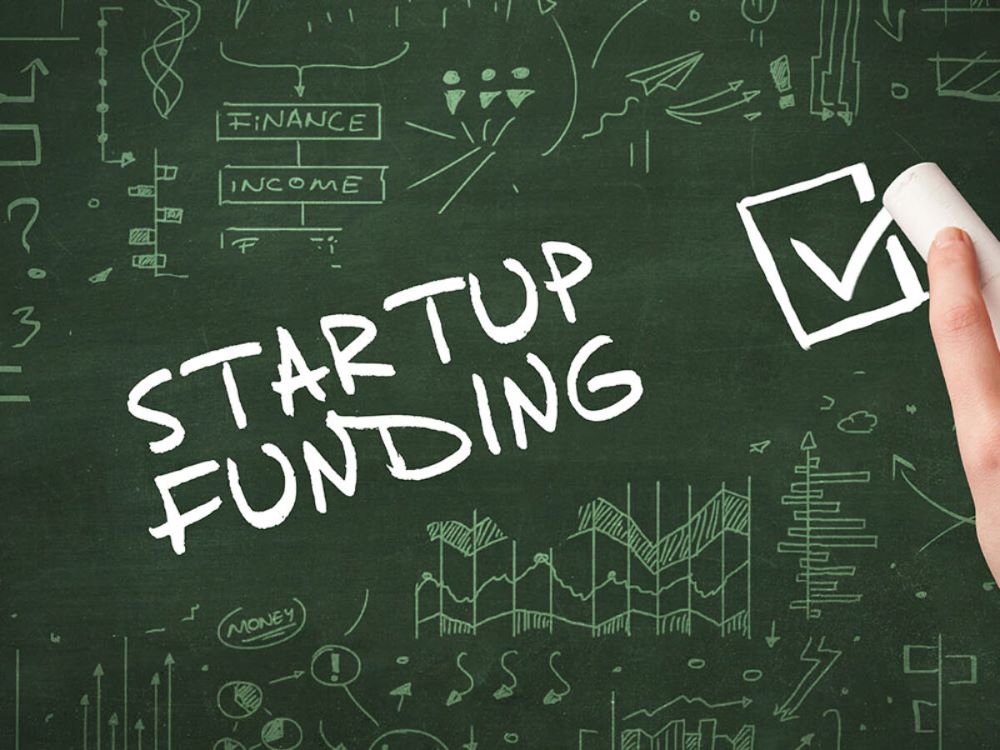This year should be a much better year for tech startup funding, after 2023 was the worst in nearly a decade. This change is driven by lower inflation and therefore lower interest rates, the return of venture capital investment and the positive evolution of global stock markets, says Andrei Dudoiu, Managing Partner of SeedBlink, Europe’s tech-focused venture investment and equity management platform
The manager believes that the decline in funding for startups over the past two years has led to a tough selection of the companies, and those that have resisted are now healthier in terms of business model and scalability. Thus, for SeedBlink this self-selection has been an opportunity, with the company in a position to identify businesses in a much more mature market than in 2021 or 2022.
His full stance.
“The decrease of the inflation and implicitly of the interest rates, the return of investments in the venture capital area, and the positive evolution of the stock markets I think it will make this year much better than 2023, which is clear that in terms of financing tech startups was the weakest in the last eight to nine years. After the exuberance of 2021 and 2022 that was marked by the war in Ukraine and the energy crisis, monetary policy measures have emerged which have raised the interest rates, causing investors to choose fixed-yield instruments with low or very low risk.
As inflation has stagnated or even declined in recent months, I expect 2024 to be the year when we will see a notable global adjustment in monetary policy and investors, local or international capital holders, will no longer have high-interest rates at their disposal, which will restore the appetite for other forms of investment.
The stock markets are also an indicator and we saw how in the second half of 2023 and the beginning of this year, the US stock market had a phenomenal performance, which at least in the technology area brought new records.
Turning to private markets, the figures show that in both the US and Europe, venture financing was down about 40-50% and some startup verticals even down towards 60% compared to 2022, which itself was a weaker year than 2021. But 2021 was a peak year, an extreme one and less relevant because money was circulating chaotically and many projects were financed without solid foundations.
Another important factor that makes me optimistic is related to the fact that there are projects that survived 2023 in an extremely constrained funding market. Many of those that have shown resilience now have better prospects because they have reached a break-even point and have managed to put the business in a healthy operational frame. And now, if funding returns, they will have the fuel to become even more competitive. So, I think projects have also self-filtered during this period, and funders will have to choose from a smaller market, but from more mature and healthier businesses.
The United States sets new trends, and it takes about six to nine months to see the pattern in Europe. Romania is very well connected to Europe and the trends appear in the same period, but it also depends on the maturity of the businesses. For example, those that are more mature and are coupled to large European or regional funders feel the changes quickly, while early stage startups or those that rely on local funders may be at a gap of another two to three months, but no more, to the trends that are taking hold at European level.
A lot of people expected a general recession in the last two years and that has not happened. On the other hand, there have been several crises – political, military, and a medical one – and these have generated technical crises or technical recessions, but not generalised ones, and it seems that the macroeconomic indicators in the most important economy, that of the United States, are surprisingly good.
On the other hand, a black swan can appear at any time – nobody anticipated the pandemic or it was hard to believe that we would see more armed conflicts in parallel, on the scale of those in Ukraine or the Middle East. All have clearly influenced the investor appetite, but ultimately business has to take its course and when there are real opportunities it is only a matter of time before financiers see the potential of a deal.
Tech verticals – champions and losers
AI has been a very exciting and confirmed driver in 2023, an extremely bullish vertical even in this regressing funding environment. This segment will grow exponentially, but I think it will matter enormously which companies or products keep in mind the ethics around the use of Artificial Intelligence. It will matter the connection to the human area, to what humanity wants to get from AI. Specifically, not to invest in technologies that, as we see so often now, create deep fakes or generate chaos and problems rather than added value. On the other hand, AI will generate huge opportunities for other verticals in technology and beyond, which can become much more efficient thanks to the benefits that AI can add.
Of the tech verticals, the past year has been all about technological innovation in the defense industry, and this trend will clearly continue because the political conclusion is that it is better to be prepared and invest in technology and defense.
Also, the space technology area will probably be in a continuous exploration and with potential – but we are talking about a segment that needs huge investments and companies that have access to these kinds of budgets, and unfortunately in Europe we have not seen very many startups that have these kind of resources.
I think blockchain technology will also have an interesting evolution, because once it can prove its usefulness in terms of automation and transparency, it will become adopted by the government, by the authorities. I’m not talking about cryptocurrencies, I’m talking about the blockchain technology that can help so many industries from the public sector to financial services.
At the other end of the spectrum, if we look at verticals where investment will stagnate or even decline, we should probably look at companies that offer remote working solutions because already in this segment there are a few winning players and the rest, if they don’t have a very disruptive solution, either will get swallowed up or disappear. This is an example that is already visible. At the same time, e-signature solutions have become mainstream, and companies that are now setting out to innovate in this segment probably have much less chance than those that have become mature and have captured the market.
In 2020-2021 things looked like a kind of “El Dorado”
For us, the last two years have been an opportunity, because once financiers became more restrictive, SeedBlink became a solution for founders and it was easier to identify good companies to list on the platform. We were already on this path of co-funding and collaboration with venture capital funds, but we were able to develop many more partnerships at a time when the market was shrinking and funders were fewer. So for us this has been a good period, and now we can work with many more companies and evaluate projects from a much more generous and healthy pipeline than two or three years ago.
The shift of this paradigm and the tightening of funding has led entrepreneurs to find alternative solutions, to strike out on their own, to pivot. I think during this period, both entrepreneurs and investors have gained experience and now they have a more mature behavior compared to 2020-2021, when the whole global ecosystem was going on a very easy mechanism of funding, exits and multiplication. Things looked like a kind of El Dorado.
But in the last two years, the world has come back down to earth, we have a more lucrative and a more mature ecosystem, but one that will obviously have its share of failures. Failures, which, like an organism’s immunity, will make you more prepared… because it’s the same for an ecosystem. It hardens as it faces more difficult situations.”
The post 2023 Worst Year for Startup Funding; 2024 Outlook Positive appeared first on The Romania Journal.





